AI Image Generators vs. Traditional Photography: A Comparison
The advent of artificial intelligence (AI) has revolutionized numerous industries, and the realm of visual arts is no exception. AI image generators, powered by deep learning algorithms, have emerged as a formidable force, challenging the traditional methods of photography. This article delves into the intricacies of AI image generators and traditional photography, comparing their strengths, weaknesses, and potential applications.
Traditional Photography: A Timeless Art
Traditional photography, relying on capturing light with a camera, has been a cornerstone of visual expression for centuries. It offers a unique blend of technical precision and artistic interpretation. Key aspects of traditional photography include:
- Technical Control: Photographers have meticulous control over aperture, shutter speed, ISO, and composition, allowing for precise manipulation of light and depth of field.
- Tangible Results: Traditional photography produces physical prints or digital files that can be collected, displayed, and shared.
- Authenticity: Photographs captured in the real world often evoke a sense of authenticity and connection to the subject matter.
AI Image Generators: A Digital Revolution
AI image generators, such as DALL-E 2 and Midjourney, utilize deep learning models to create images based on textual descriptions or prompts. These tools can generate a wide range of visuals, from realistic landscapes to abstract art. Key characteristics of AI image generators include:
- Creativity and Innovation: AI can generate novel and unexpected visuals that may be difficult or impossible to achieve through traditional photography.
- Efficiency and Speed: AI can produce images quickly and efficiently, without the need for physical equipment or complex technical skills.
- Accessibility: AI image generators can be used by people with limited photography experience, democratizing the creation of visual content.
Comparing and Contrasting
While AI image generators and traditional photography share the goal of creating visual content, they differ significantly in their approaches and capabilities:
Strengths:
- AI Image Generators: Creativity, speed, efficiency, accessibility
- Traditional Photography: Authenticity, technical control, tangible results
Weaknesses:
- AI Image Generators: Lack of physicality, potential for bias in training data
- Traditional Photography: Time-consuming, requires technical expertise
Applications and Use Cases
Both AI image generators and traditional photography have their place in the world of visual expression, with applications tailored to specific needs:
AI Image Generators:
- Concept art and design
- Game development and animation
- Fashion and advertising
- Artistic experimentation
Traditional Photography:
- Documentary and photojournalism
- Fine art photography
- Portraiture and wedding photography
- Scientific and forensic imaging
The Future of Visual Creation
As AI image generators continue to evolve, the boundaries between traditional photography and digital art will likely blur. It is conceivable that these technologies will complement each other, with AI providing inspiration and tools for photographers and traditional artists exploring new creative avenues.
Ultimately, the choice between AI image generators and traditional photography will depend on the specific goals and preferences of the artist. Both approaches offer unique advantages and can contribute to the rich tapestry of visual expression.



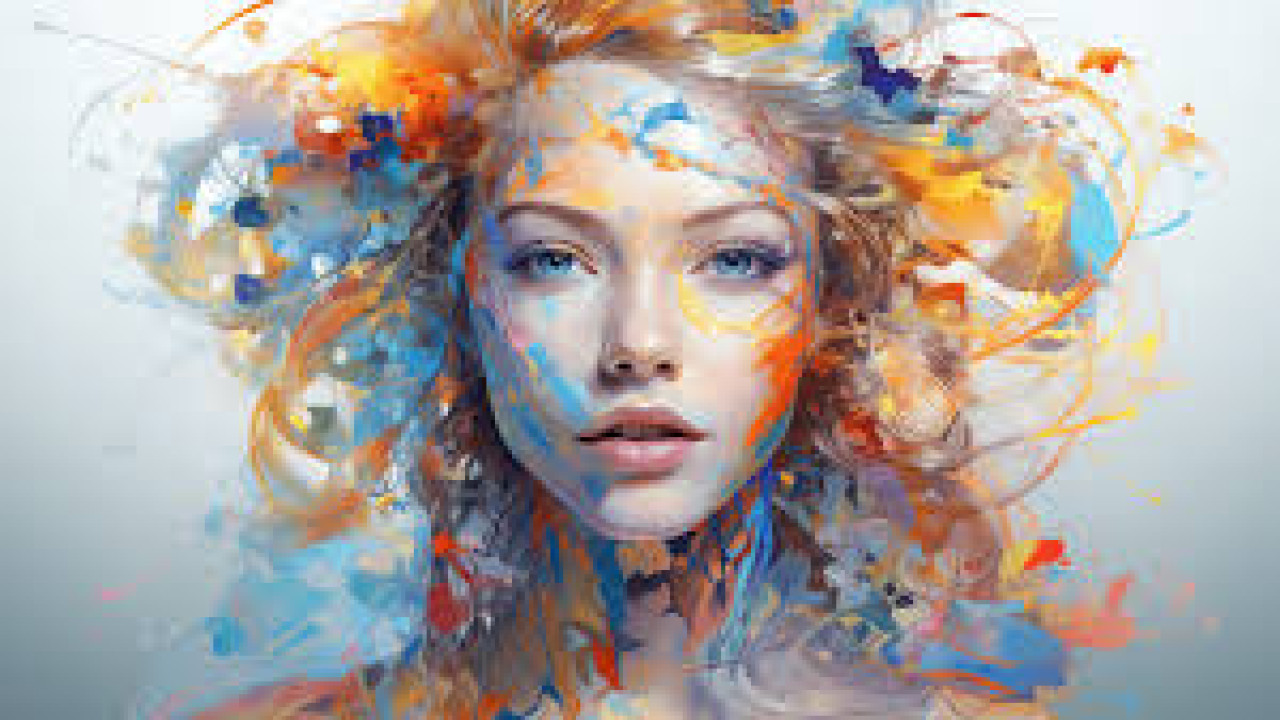
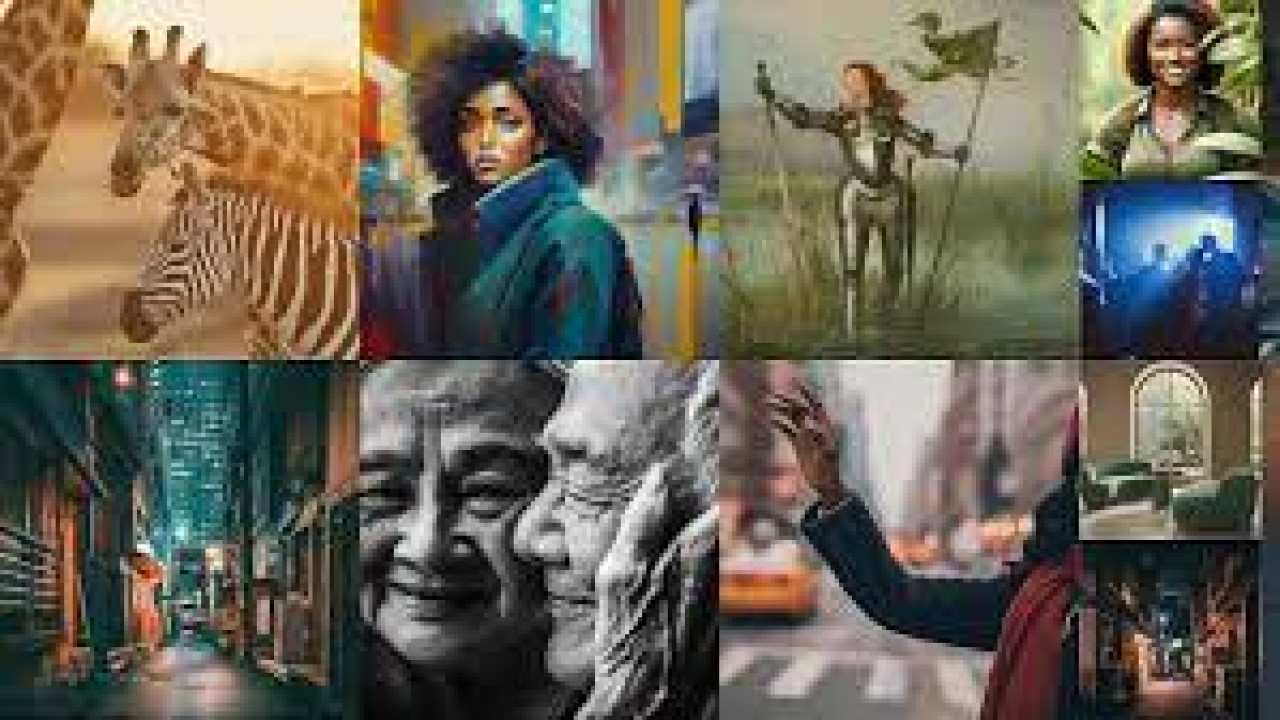
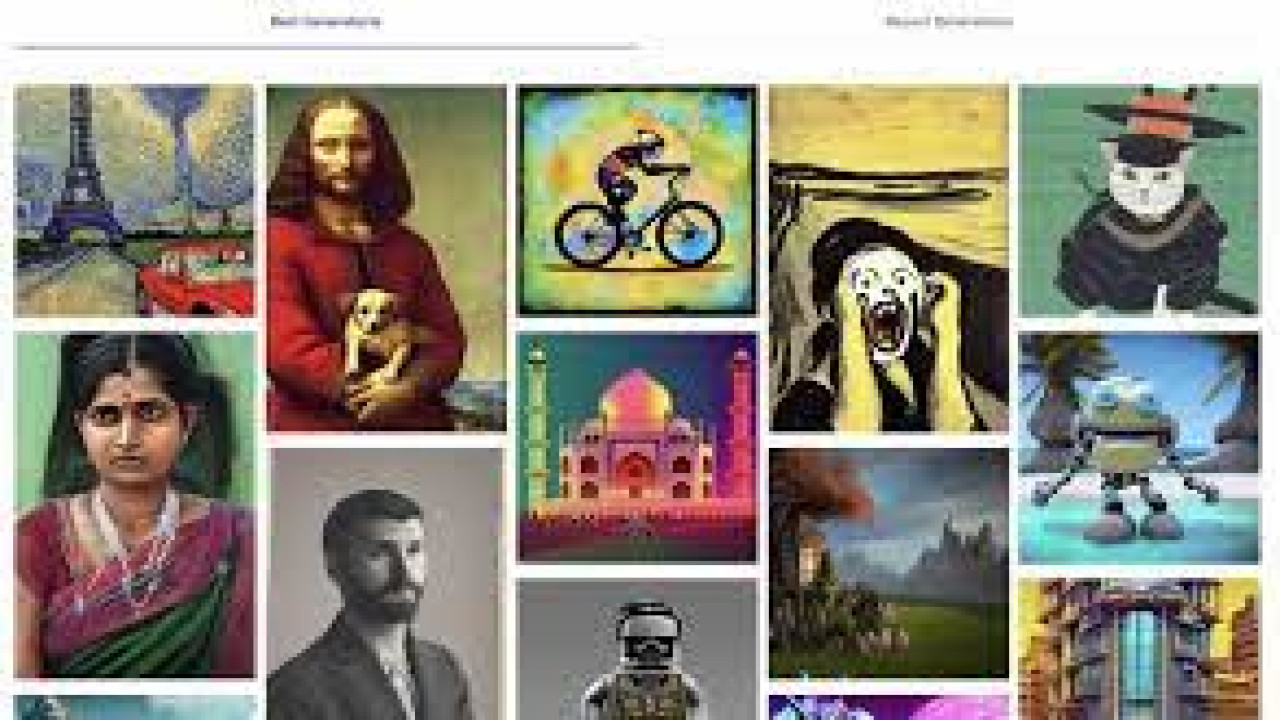
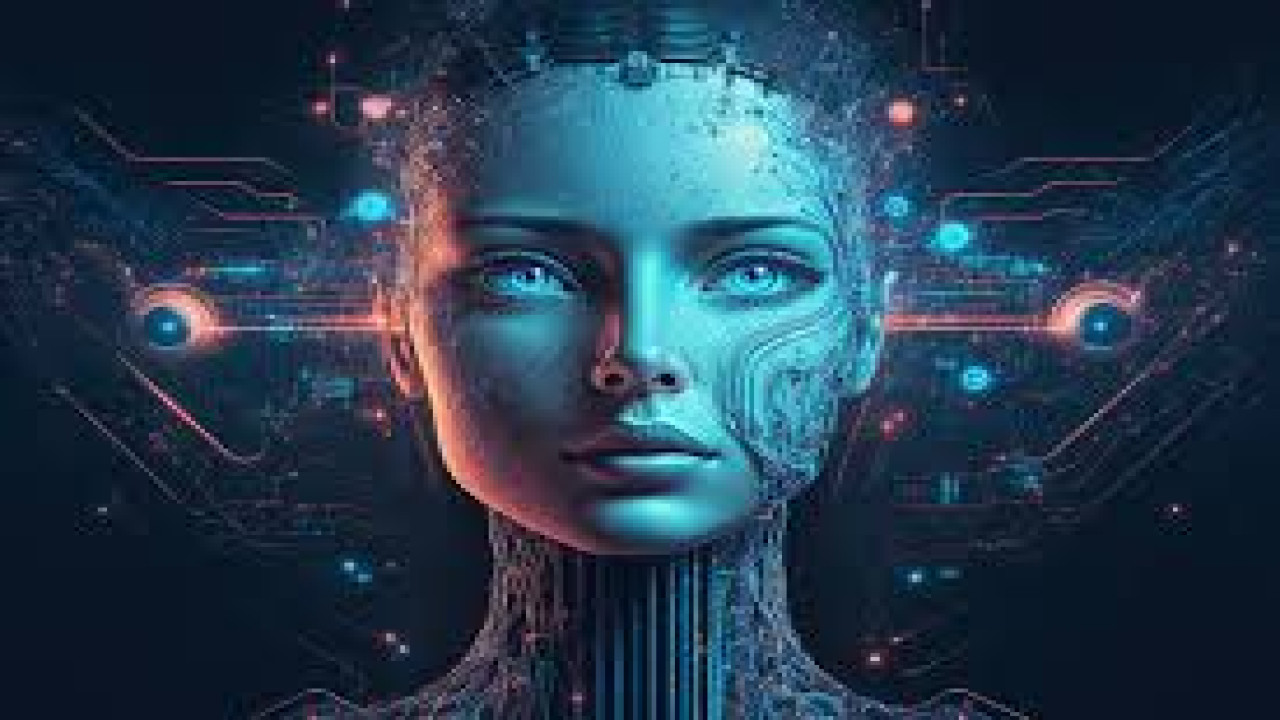
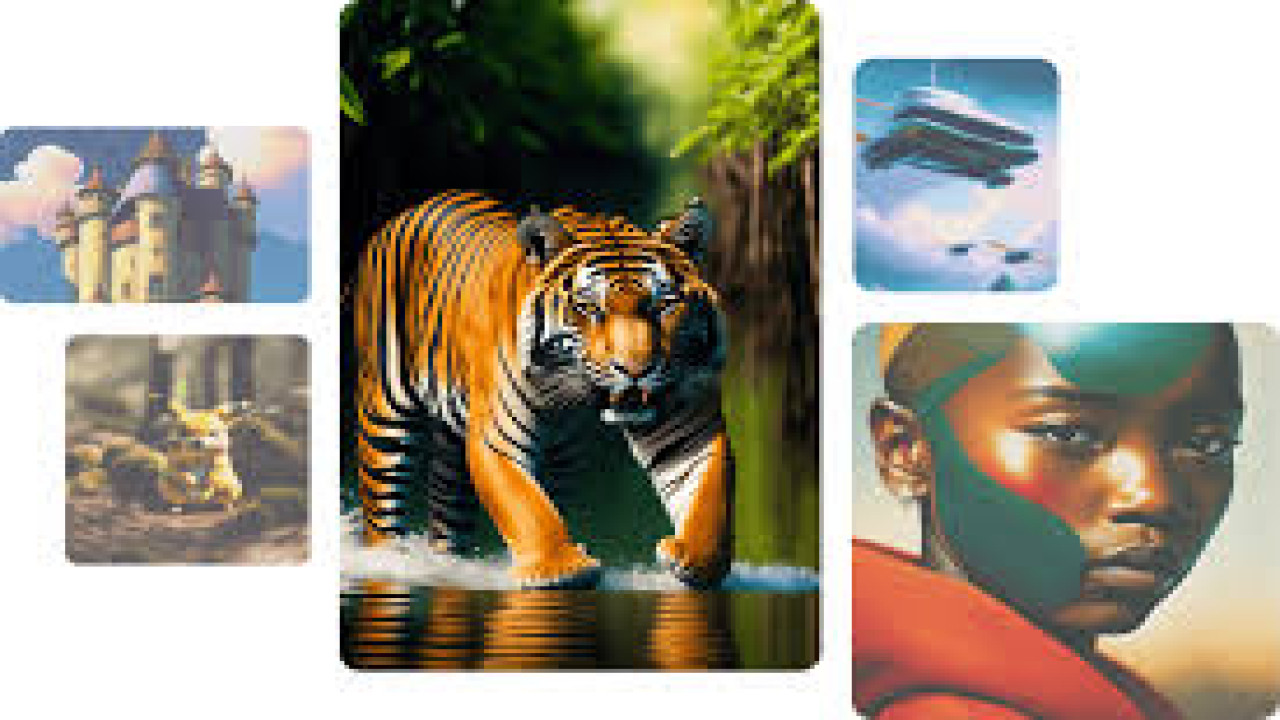
Comments (0)
No comments found